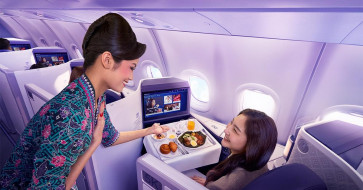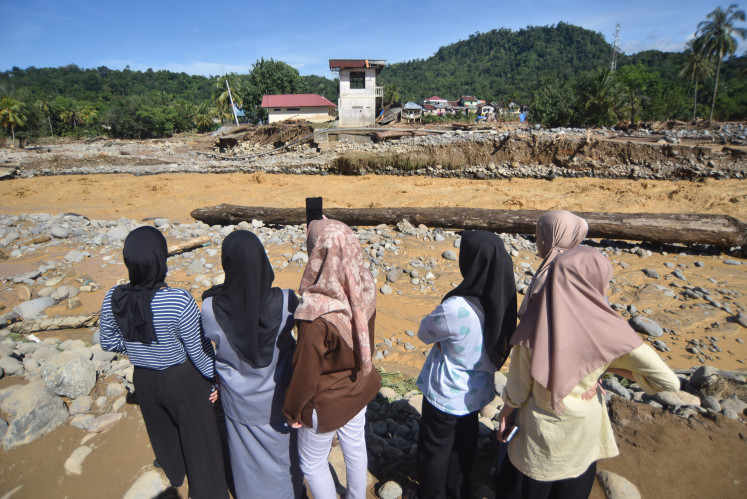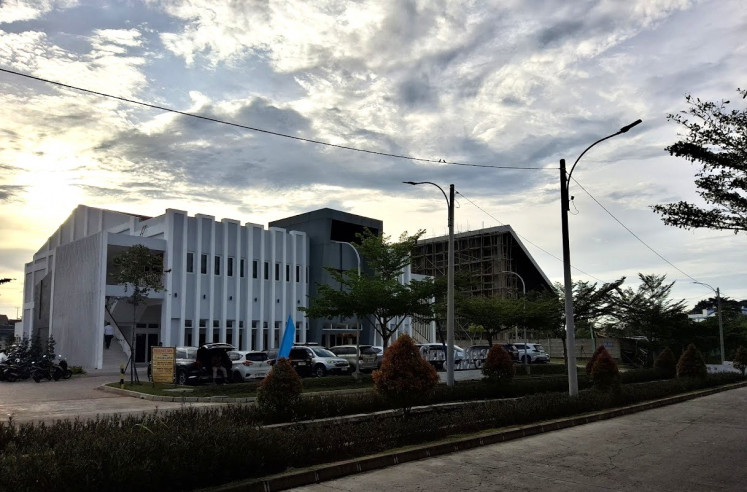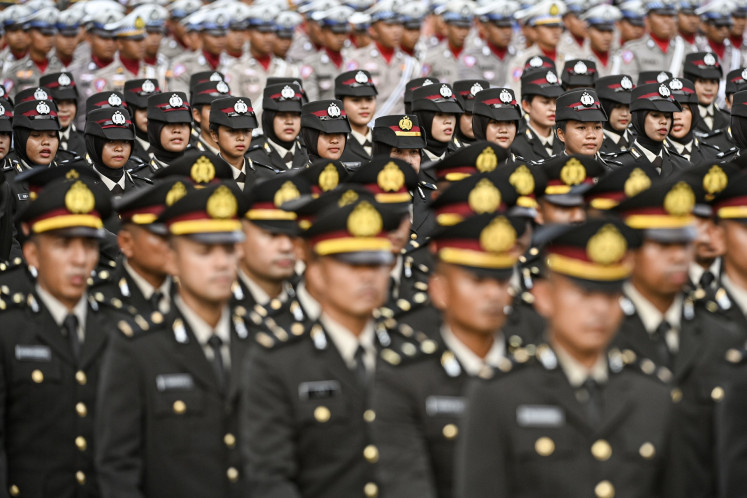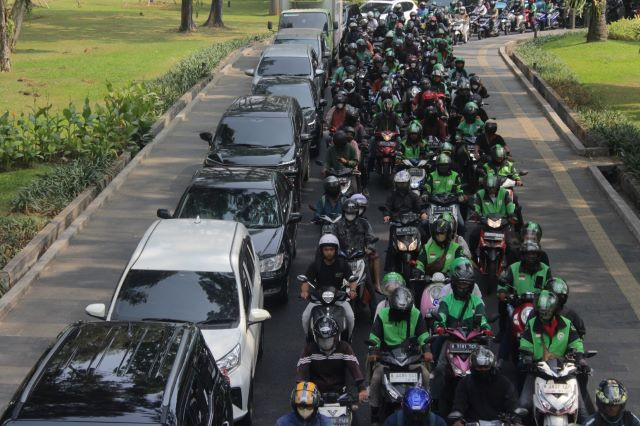Popular Reads
Top Results
Can't find what you're looking for?
View all search resultsPopular Reads
Top Results
Can't find what you're looking for?
View all search resultsAn Asia far beyond China
The most populous continent in the world goes beyond China and even Japan.
Change text size
Gift Premium Articles
to Anyone
W
hile the world observes the beginning of the trial of former Brazilian president Jair Bolsonaro and new sanctions from United States President Donald Trump are already awaited, the Brazilian government goes in search of markets. And Asia is open to new business.
When we talk about Asia, China, Brazil's largest trading partner, naturally comes to mind. The flow of trade between the two countries reached US$136.3 billion in 2024, with a surplus for the Brazilian side of $30.4 billion.
But the most populous continent in the world goes beyond China and even Japan, with whom Brazil has a long history of economic and cultural relationships.
A little further south of the two economic giants are the 10 member countries of ASEAN, created in 1967 in Thailand. Its total population reaches 682 million people, with gross domestic product reaching $3.8 trillion.
When seen as a bloc, ASEAN has already become the third-largest destination for Brazilian exports, even ahead of Mercosur. There was $33.7 billion in commercial movement last year, with a surplus of $15 billion for Brazil. That is, half of the surplus recorded with China.
In the weeks that coincided with the announcement by the US of 50 percent tariffs on Brazilian exports, under the allegation that the Supreme Court should "immediately" stop Bolsonaro's trial, two ASEAN countries promoted gestures of rapprochement in Brasilia.
The first was Singapore, which celebrated in style, in the federal capital, its 60 years of independence. It is the first country in Asia with which Mercosur signed a free trade agreement in 2023, which still depends on legislative ratification.
Upon receiving the guests, Ambassador Desmond Ng said that Brazil is a "vital source" for his country's food security and accounts for almost half of the frozen meats consumed on the island of 6 million inhabitants. Embraer has just sold nine regional planes to a Singapore airline.
"We hope to work with Brazil to ratify the agreement with Mercosur as soon as possible," said Ng, "so that it comes into force and contributes to the increase in the flow of trade and investments between our countries."
A few days later it was Vietnam's turn, which received more than 400 guests to celebrate 80 years of its country's independence, with the presence of Brazilian deputy ministers of foreign affairs, national defense and science and technology.
Ambassador Bui Van Nghi announced that the two countries intended to achieve trade of at least $15 billion by 2030. In the first six months of 2025 the flow was $4 billion, with a surplus of $1.5 billion for Brazil.
In March of this year, on the same approach route, President Luiz Inácio Lula da Silva made a state visit to Vietnam. Four months earlier, the two countries had already raised the relationship to a strategic partnership and announced an action plan until 2030.
Like China, Vietnam also elects for long-term goals. In 2030, according to the ambassador, it wants to be "an industrialized and modern country with high average income". At 100 years of independence, in 2045, a "developed high-income nation".
Time will tell if the goals will be achieved. But the country of 101 million inhabitants has recorded an average growth of 6 percent in its economy in the last 25 years.
According to Apex data, Brazil still accounts for only 1.7 percent of ASEAN imports, still well below China (29.2 percent) and South Korea (9.6 percent). And Brazilian exports are limited to food products, soybeans, oil and iron ore.
If diversification is small, the possibility of closer rapprochement with Southeast Asia seems great, not only in trade, but also in investments.
Also according to Apex, Brazil attracts only 0.67 percent of direct investments from ASEAN countries. And only Singapore, with whom Mercosur already has an agreement signed, has a stock of $1.3 trillion of investments spread around the world.
ASEAN, alone, will not help solve the problem created with the 50 percent tariff imposed for political reasons by the US. But it demonstrates that Asia should have priority on the route of diversification of economic relations with the rest of the world. An Asia that goes far beyond China.
---
The writer is a veteran journalist who specializes in global issues.





